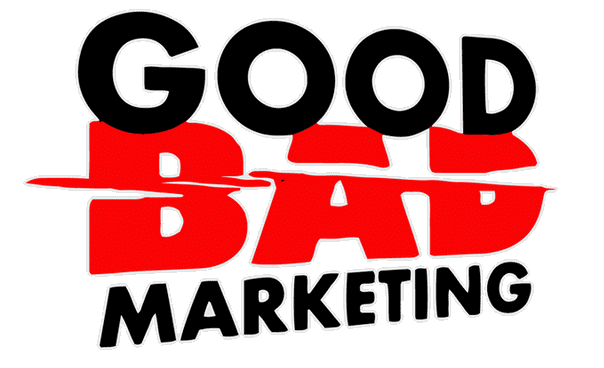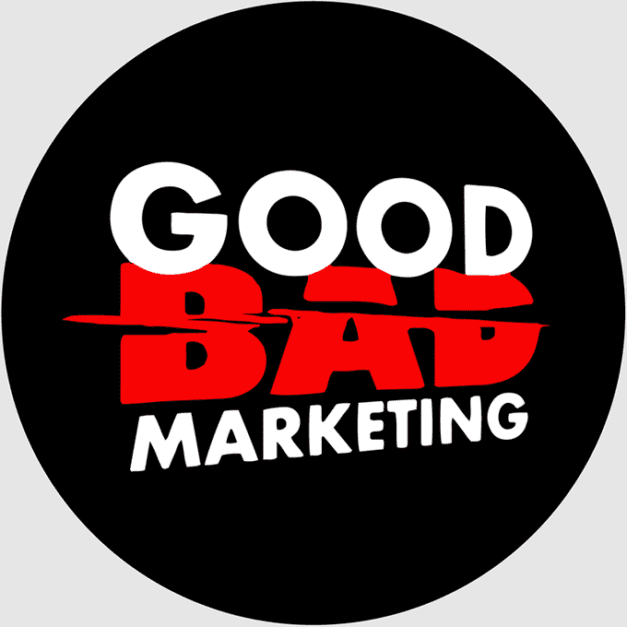Marketing has always evolved for centuries. From using tabloids and prints to using television, and now utilizing the internet for various companies, it has adapted to the change in market and platform and has always been developing in helping curate an avenue for businesses in shaping and influencing the minds of their targets. With its never-ending evolution, it now comes in different levels – aggressive or affable, its goal is to influence individuals and generate sales over time.
All companies always put marketing as an additional backbone to their structure. The system of marketing creates a way for such companies to infiltrate and build a strong foundation for their brand, and in all cases create more and more sales to increase revenue. Nevertheless, more companies want to build a much firmer system for marketing. Thus, they become aggressive with their marketing tactics, ensuring that their brand is top-of-mind for individuals, leaving competitors dumbfounded by how easily yet inefficient they reach out to the same market segment. Yet, when you think about aggressive marketing, it is something that catches more traction; it isn’t generally a negative connotation after all.
What is aggressive marketing?
Aggressive marketing involves advertising techniques where companies make ads that customers are not able to control lest not be able to skip them. It is a tactic where brands communicate with their target market directly, where a portion of probable clients would then be enticed and create engagement with your business.
With the rise of technological advancements, aggressive marketing has reached far with the system it provides. Perhaps, you’ve encountered pop-ups during in-app usage, or maybe you’ve seen banners on websites and somehow you’ve once looked it up – unlike the passive marketing in prints before, the internet has enabled businesses to promote their products on different websites, and although you’re not looking for it, aggressive marketing makes sure that you will have the will to browse another website that does not even relate to what you’re viewing in the meantime. Thus, aggressive marketing transformed the way businesses deal with advertising nowadays, in a way that ensures product or service viewing which is seen to generate sales in the long run.
How is something considered an aggressive type of marketing?
Aggressive marketing is an offensive type of tactic that uses a system where it can gain a response from audiences and uses variations of gimmicks with how the system reaches out to possible clients. These are hard to ignore, and it persuades clients immediately to click on a link to know more about the offer. Examples include:
a. Autoplay videos with sound
Perhaps you have encountered watching videos and then an ad suddenly plays within what you wanted to watch. Though it is not connected with what you want, they still play and you won’t be able to skip it – these videos force you to watch the entire ad, where you cannot even continue the video you’re watching if you don’t bother to watch it.
b. Pop-ups and banners
Pop-ups are very common on websites nowadays. This aggressive strategy enables companies to advertise their products and services as a probable client goes to a website, and if enticing, clients will be drawn to them as well. On the other hand, banners have always been there since the internet started. These are ads that are placed on the headers, margins, or even at the footnote of the website, and are also clickable if customers are intrigued by them – talk about curiosity.
c. Ads disguised as part of a content
Businesses often turn to bloggers/ vloggers to influence people’s perception of a product. Hence, they turn to articles and provide clickable words or phrases for the viewers, in a way that clients are redirected to visit a company’s website to advertise their offer. This is also where affiliate marketing comes into place, providing websites that serve as a “dummy” to better infiltrate clients and generate more views, and ultimately generate sales by luring customers.
d. Multiple pages per article
Have you encountered clicking the link to the page opens multiple pages? This is also an aggressive type of marketing. Be it content that isn’t connected to what you’re looking for, companies have created a way to redirect you to their website in an instant. A clickbait as you would say it.
e. Full-screen ads
Full-screen ads are also very common for aggressive marketing. You may have dealt with content that you just want to read, but then you can’t because the whole page is blocked with an ad that you did not even ask for. Eventually, you’ll click on the link so you can skip it and go back to the main website you’re eyeing – what it basically does is incorporate visits to their site; not all people may be lured by it, but some consumers can be enticed.
This hostile technique towards marketing is an essential way to crush out the competition; with more and more people shifting from one brand to another, it will be beneficial for businesses to create a system that grabs the customers’ attention even more – pooling them into your business has never been more important for companies.
Yet, an aggressive marketing strategy may be an advantage for businesses to have more visits and eventually generate sales with how enticing they advertise, but not all people may be drawn to it. With a few setbacks to point e.g Google bumping your website for ranking, people annoyed by how you advertise, and may even breach some regulations, it is best to create a tactic that makes you subtly aggressive to consumers; yet, this type of marketing may eventually evolve, providing your customers with a hostile type of advertising but seeing to it that it does not annoy them after all.
Nevertheless, aggressive marketing can still help businesses achieve their goal of generating prospects and sales, where the brand presence can be boosted as well. Still, it all boils down to people’s perceptions – do they like it or not? It’s up to your business to know what intrigues them the most rather than just being offensive to how you advertise.





